what are alpines
lilium_guy56
17 years ago
Related Stories
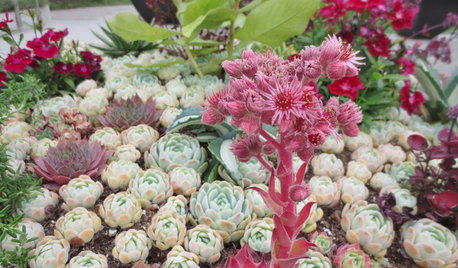
GARDENING GUIDESAlpine Plants: High Performers at Low Altitudes Too
So Heidi and the goats aren't your neighbors. Alpine plants can be lovely and low maintenance on difficult sites beyond the mountains
Full Story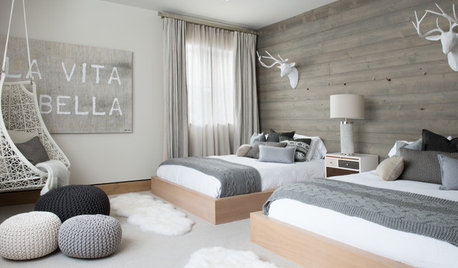
SHOP HOUZZShop Houzz: Cozy Up in a Modern Alpine Lodge
Nordic style meets modern design, with plenty of texture for warmth
Full Story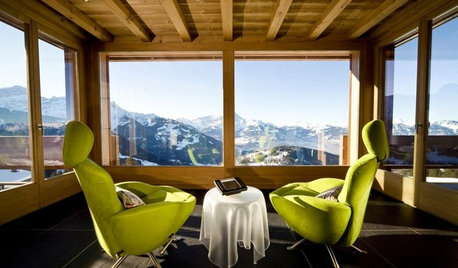
HOMES AROUND THE WORLDHouzz Tour: A Stylish Alpine Chalet With Incredible Mountain Views
Customized technology, design details and art add to the splendor of this vacation home in the Swiss Alps
Full Story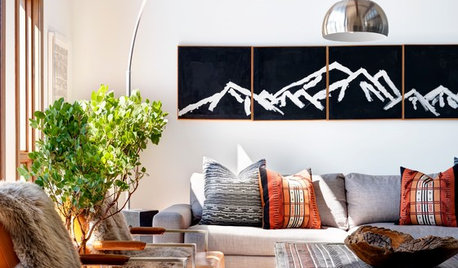
SHOP HOUZZShop Houzz: Mountain-Inspired Living Room
Scale new heights of style with rugged furniture and alpine motifs
Full Story0
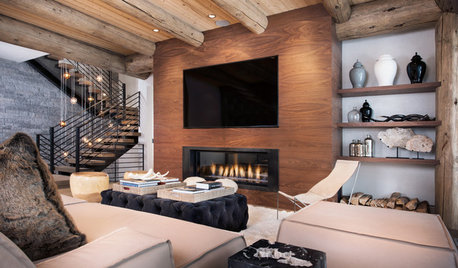
SHOP HOUZZShop Houzz: Ski Chalet Chic
Alpine charm meets sleek modernism for a stylish getaway at home
Full Story0
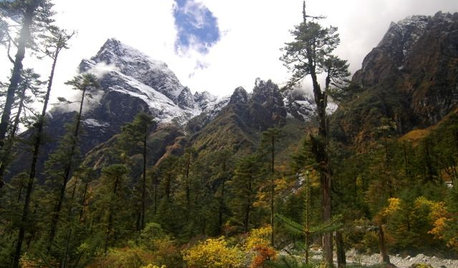
LANDSCAPE DESIGNLet Nature Inspire Your Landscape: Mighty Mountain Gardens
Bring an alpine vista to your yard by tucking resilient plants and flowers into rocky garden nooks
Full Story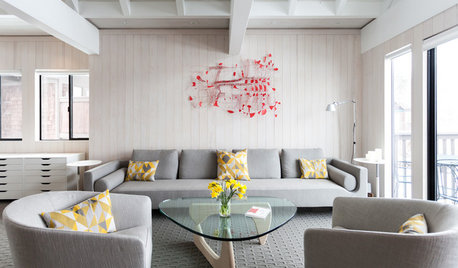
VACATION HOMESHouzz Tour: Snowy White Makeover for a Lake Tahoe Condo
Traditional alpine decor gets the boot in favor of a modern Scandinavian look in this Sierra Nevada getaway
Full Story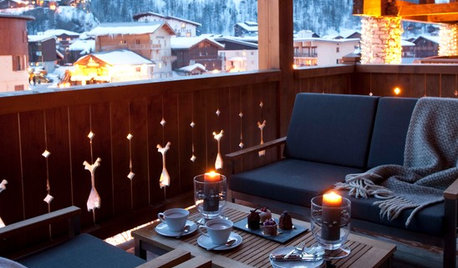
VACATION HOMESHouzz Tour: A French Ski Chalet’s Dark Sophistication
A superstylish ski chalet is layered with tactile surfaces, organic textures and warm colors
Full Story
SPRING GARDENINGSummer Crops: How to Grow Strawberries
Pluck your own sweet strawberries right from the garden vine for smoothies, salads or eating then and there
Full Story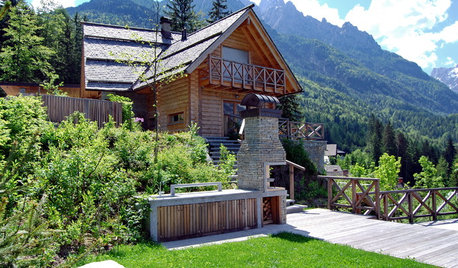
LANDSCAPE DESIGNStyle and Nature Come Together in a Slovenian Landscape Design
Natural plantings and local materials create a memorable outdoor experience in picturesque Kranjska Gora
Full StorySponsored
Industry Leading Interior Designers & Decorators in Franklin County






Pudge 2b
JaneH
bagladyzz